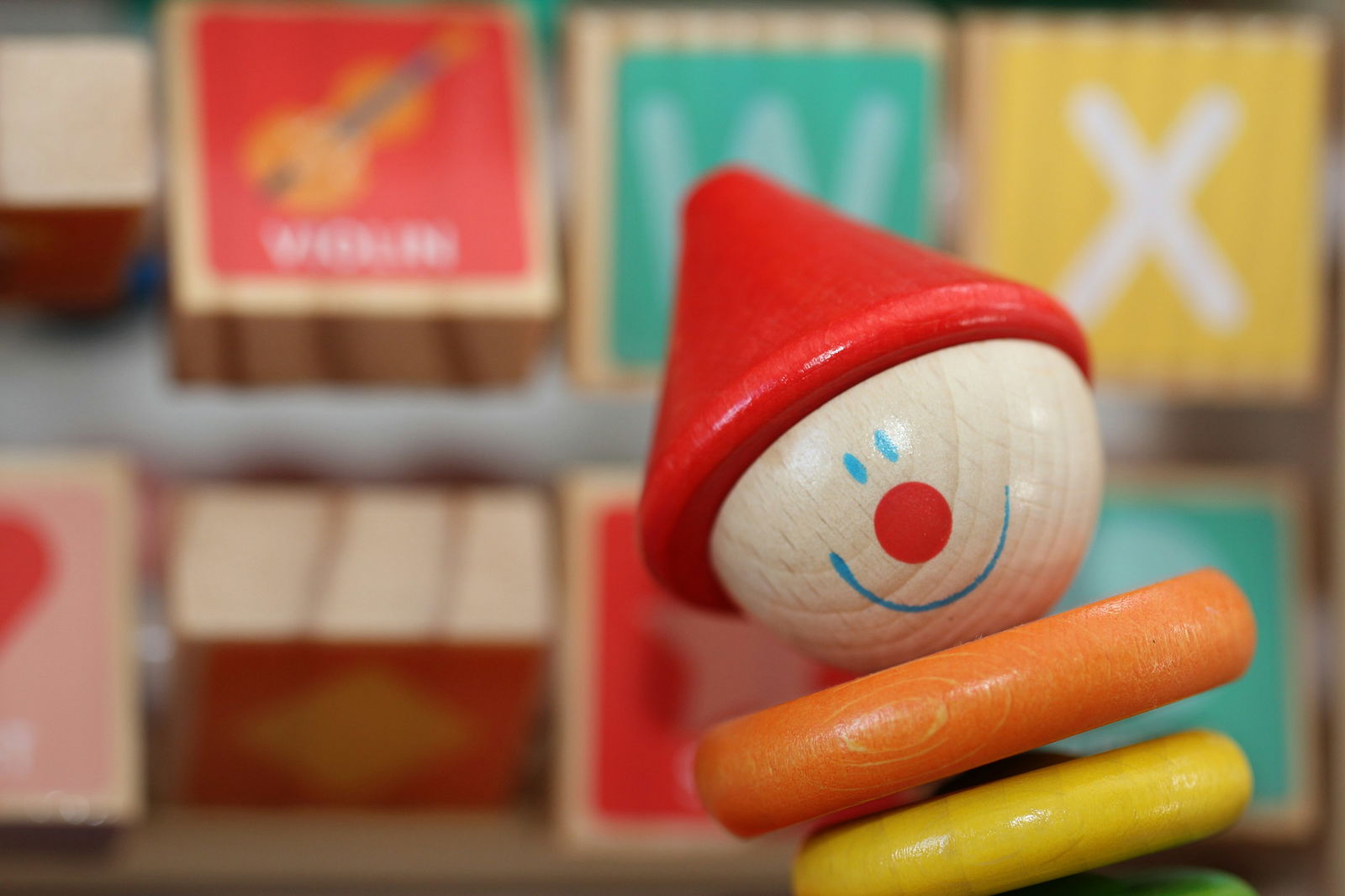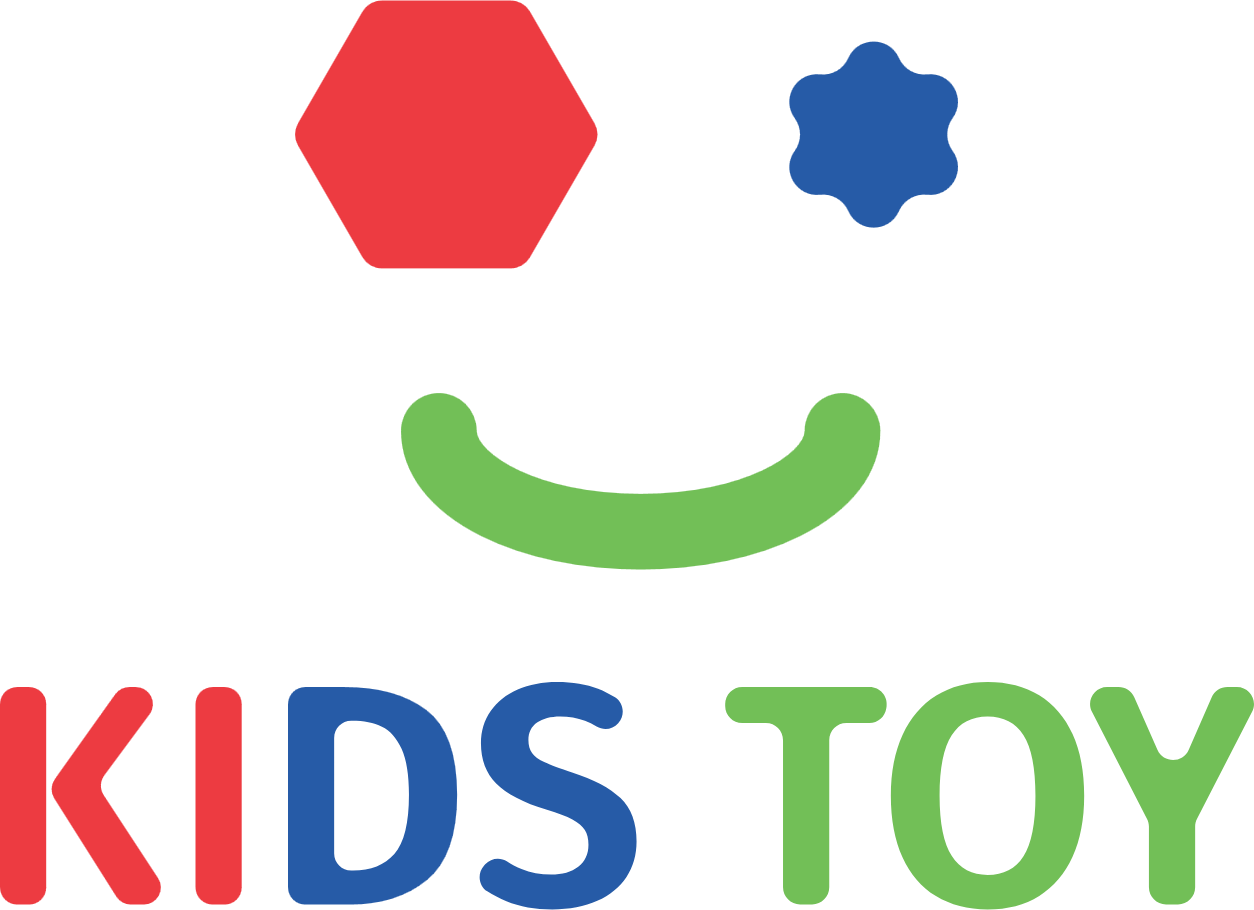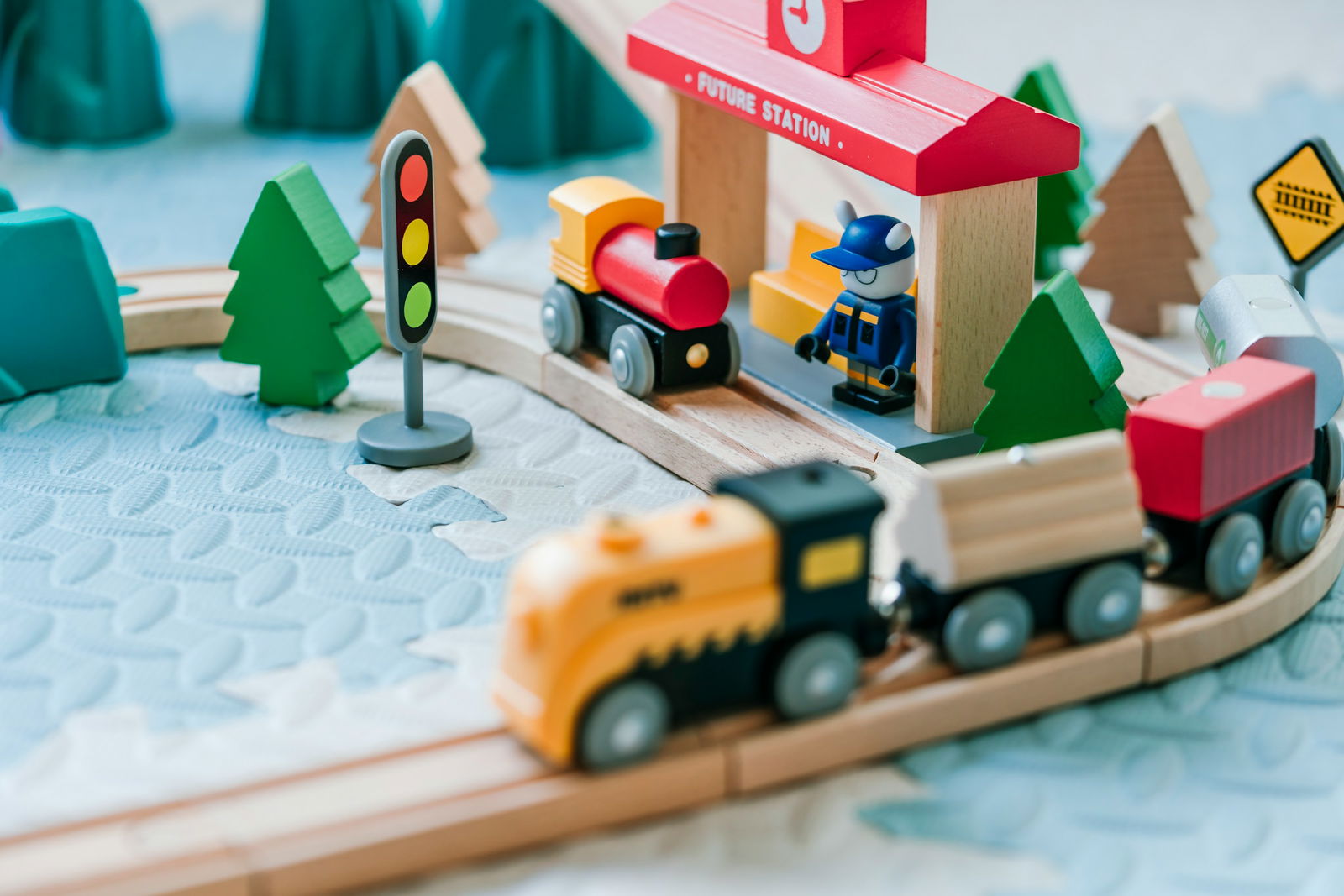
Toys and Their Role in Shaping Future Generations
The Magic of Play: More Than Just Fun
Play is often seen as something that simply occupies a child’s time, but research has shown that it’s much more than that. Playtime is a critical part of a child’s development, and toys are the vehicles that drive this process. When children play, they practice social skills, develop their cognitive abilities, and engage in problem-solving—all while having fun.
Toys create an environment where children can experiment with the world around them, pushing boundaries and learning new things. Whether it's playing with a doll, building a fort, or creating an elaborate imaginary scenario with action figures, playtime offers an invaluable opportunity for children to process experiences, express themselves, and develop their imagination.
The Building Blocks of Cognitive Development
Toys encourage the development of essential cognitive skills, helping children to think, learn, and make sense of the world. Toys like building blocks, puzzles, and shape sorters teach children about patterns, shapes, sizes, and logic. These toys give children a chance to practice reasoning and critical thinking as they solve problems and make decisions.
For example, a child building with LEGO bricks learns spatial awareness and creativity. As they figure out how to stack and arrange the pieces, they also practice problem-solving, fine motor skills, and patience. These cognitive lessons are incredibly important, as they lay the foundation for future academic and life skills.
More advanced toys, like coding kits and science kits, offer older children a chance to delve into more complex concepts like technology, engineering, and mathematics (STEM). These types of toys encourage children to develop problem-solving skills, experiment with new ideas, and think analytically—important qualities in today’s fast-paced world.
Emotional Growth and Social Skills
Toys don’t just help children develop their minds—they also support emotional and social growth. Toys such as dolls, action figures, and playsets offer children a chance to engage in imaginative play, where they can act out scenarios, express emotions, and explore different social roles. This kind of play helps children learn about empathy, responsibility, and how to interact with others in a positive way.
Pretend play is particularly beneficial for emotional development. When children role-play with their toys, they work through emotions they may not fully understand yet. A child playing with a doll might pretend to comfort it when it’s "sad" or act out being a parent, which can help them make sense of their own feelings and experiences.
In group play, children learn about teamwork, cooperation, and sharing. Toys that promote group interaction, such as board games or sports equipment, allow children to practice important social skills. Whether they’re negotiating rules or taking turns, children develop the ability to work with others and handle social situations in a positive, constructive way.
Physical Benefits of Play
Toys aren’t just about stimulating the mind—they also promote physical development. Active toys like balls, bicycles, and scooters help children develop gross motor skills, balance, and coordination. These types of toys are essential for helping kids develop strength and agility, which are key to overall health and well-being.
For younger children, toys like push toys, walkers, and stacking rings help improve fine motor skills and hand-eye coordination. As children grow, toys like sports equipment or dance kits can encourage more active play, helping them maintain a healthy lifestyle and stay physically fit.
The physical benefits of toys go beyond just building muscles and motor skills—they also encourage children to be active and reduce sedentary behavior, which is essential in our increasingly digital world.
The Power of Creative Play
One of the most magical things about toys is their ability to spark creativity. Toys that encourage open-ended play—such as blocks, art supplies, and costumes—offer children the freedom to explore their imagination and express themselves in new ways. This kind of creative play is essential for cognitive development, as it encourages children to think outside the box, solve problems, and explore new ideas.
When children engage in imaginative play, they can create entire worlds from scratch. Whether they’re pretending to be superheroes, building castles with blocks, or drawing pictures of faraway lands, these activities foster independent thinking and innovation. Creativity is an essential skill that will serve children well in their academic and professional futures.
Navigating Technology and Toy Trends
While traditional toys still hold immense value, the toy industry has evolved to include digital and tech-based options. Interactive robots, augmented reality toys, and educational apps have become increasingly popular, offering children new ways to engage with technology. These modern toys allow children to learn coding, robotics, and even new languages in a fun and interactive way.
However, while technology offers great learning opportunities, it’s important to balance screen time with physical and imaginative play. Too much time with tech gadgets can hinder social interaction and physical activity. The key is moderation—incorporating both traditional, hands-on toys and tech-based play into a child's routine.
Choosing the Right Toy for Your Child
When selecting toys for a child, it’s important to consider their age, interests, and developmental stage. Here are a few tips for choosing toys that will benefit your child’s growth:
- Age-appropriate: Make sure the toy is suitable for the child’s developmental stage. For example, a toy that’s too complex can be frustrating for a young child, while a toy that’s too simple might not engage an older child.
- Educational value: Look for toys that encourage problem-solving, creativity, and learning. Toys that incorporate STEM concepts or foster imaginative play are great options.
- Safety first: Always check for safety guidelines, ensuring that the toy is free from harmful materials and doesn’t have small parts that could be a choking hazard.
- Balance: A variety of toys—some for physical activity, some for learning, and some for creative play—will give your child a well-rounded play experience.
Conclusion: Toys for a Bright Future
Toys are more than just fun distractions—they are essential tools that help children grow, learn, and develop the skills they need to navigate life. Whether it’s fostering cognitive abilities, encouraging creativity, promoting physical health, or teaching social skills, the right toys provide countless benefits. By choosing toys that support a child’s development and incorporating them into their playtime, we’re giving children the foundation they need for a bright, successful future.
So the next time you pick out a toy, remember: You’re not just buying a fun item—you’re investing in the future.





